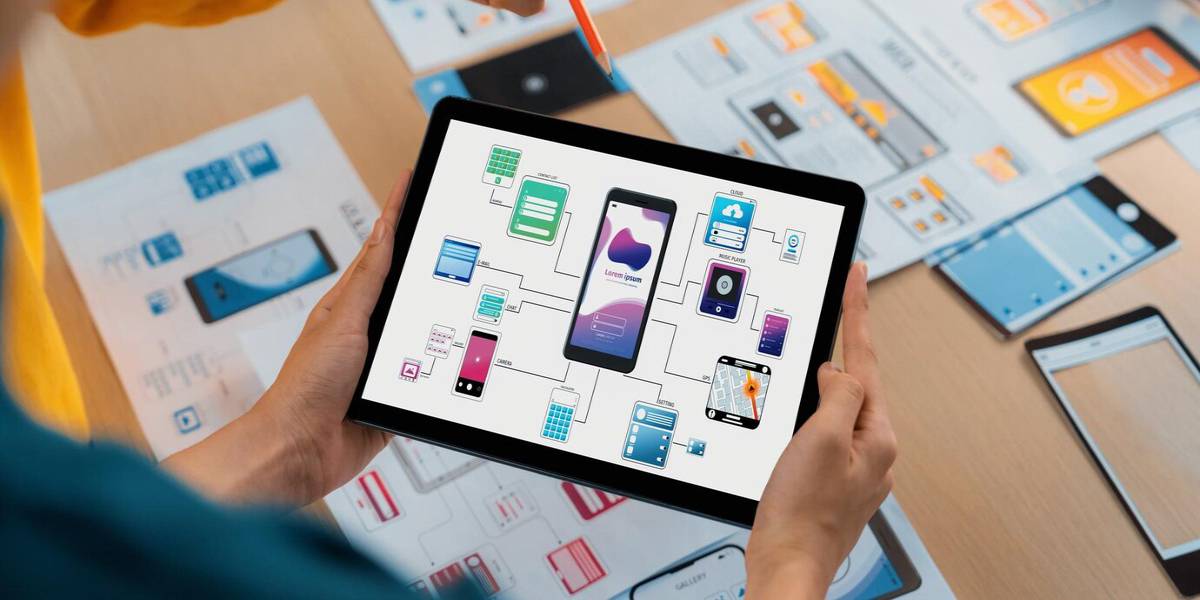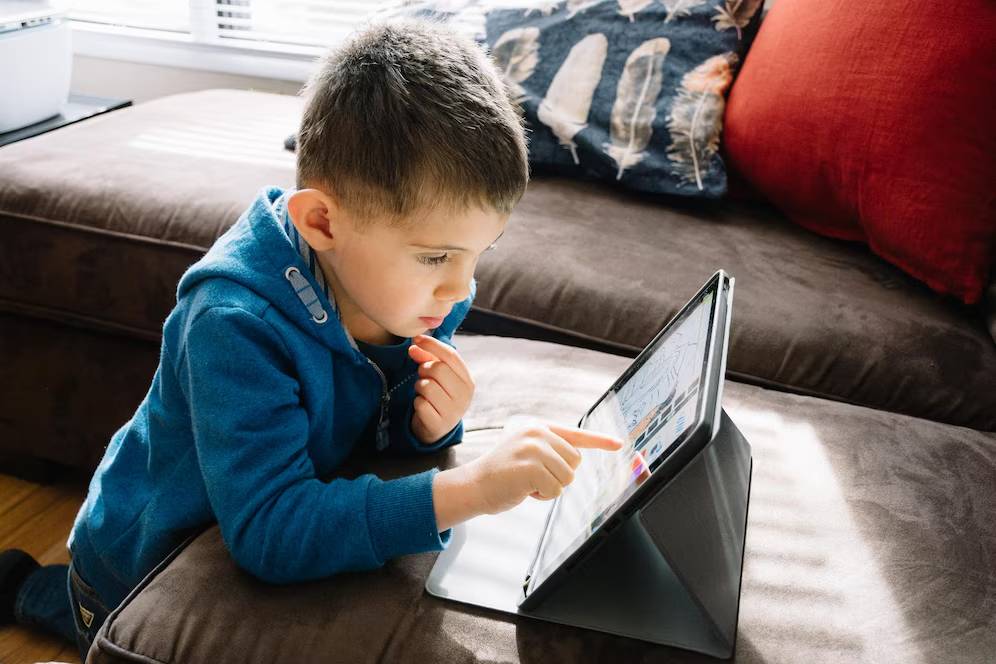
Using Built-in Tech Features to Manage Screen Use
Managing screen time has become a crucial aspect of parenting in today’s digital age. Smartphones, tablets, and computers are popular. So, it’s essential to use their built-in features. This helps you manage screen time better. This blog explores different screen tools for devices. It discusses why screen limit settings are essential. It also shows how built-in controls help kids maintain a healthy digital lifestyle.
Technology keeps changing, and it affects our lives. Children today grow up with digital devices all around them. Parents must help their children build a healthy bond with technology. Managing screen time is a significant part of this endeavour. Many modern devices have features that let parents monitor and control their kids’ screen time.
In this blog, we’ll examine key built-in features on different devices. We’ll discuss the benefits of these tools and give practical tips for using them well. Parents can use these features to create a balanced digital space, which helps encourage healthy screen habits.
Key Benefits of Using Built-in Tech Features
Why It Matters
Using built-in tech features to manage screen time is more critical now. Kids are spending more time on digital devices for school and fun. These features help parents set clear boundaries. They make sure screen time doesn’t get in the way of essential activities like play, socialising, and sleep.
One of the primary benefits of using built-in tech features is the ease of access. These tools are built into the device’s operating system, which means you can access them easily without needing extra downloads or subscriptions. This integration helps parents set up controls quickly and monitor usage.
Built-in controls let parents customise settings. They can adjust them based on their child’s age, needs, and situation. This flexibility is key for a personalised screen management approach. It can adapt as the child grows and their needs change.
Real-life Applications
Consider the following real-life applications of built-in tech features:

- Device Screen Tools: Most devices have screen time tracking tools. They show how much time you spend on each app or activity. This data helps parents spot patterns. It also lets them make smart decisions about needed changes.
- Screen Limits Settings: Parents can set daily or weekly screen time limits. This helps ensure that children don’t go over the recommended usage. You can change these settings for different days. For example, you might allow more screen time on weekends.
- Built-in Controls: Parents can block apps, filter content, and set downtime. These tools help limit access to inappropriate content. They also ensure devices aren’t used during key times, like homework or bedtime.
Additional Expert Tips & Common Mistakes to Avoid
Best Practices
Built-in tech features help control screen time. But their effectiveness depends on how they’re set up. Here are some expert tips for getting the most out of these features:
- Set Clear Expectations: Before you set limits, explain to your child why balanced screen time is important. Share why the rules exist. Involve everyone in the process. This builds cooperation and understanding.
- Consistency is Key: Ensure that screen time rules are consistently applied. Confusing rules can make it hard for children to see why limits matter.
- Review and Adjust Settings Often: Your child’s needs and interests will change as they grow. Check the screen time data from your device tools often. Change the settings as needed based on this information.
- Incorporate Screen-Free Activities: Encourage kids to play outside, read books, or spend time with family. Balancing screen time with physical activity can promote a more well-rounded lifestyle.
- Lead by Example: Children often model their behaviours after their parents. Limit your screen time and enjoy non-digital activities to practice healthy habits.
Common Mistakes and Misconceptions
Despite the availability of built-in controls, some common mistakes can undermine their effectiveness:
- Don’t rely too much on technology: Tech features can help, but they shouldn’t replace active parenting. Talk to your child about screen time and encourage them to enjoy offline activities, too.
- Content Matters: It’s not just about how much screen time you have. It’s also about the quality of what you watch or play. Ensure that the content is age-appropriate and educational when possible.
- Underestimating the Power of Example: Children often mimic their parents’ behaviour. Demonstrate healthy screen habits yourself to reinforce the importance of balanced technology use.
Advanced Insights
Unique Industry Perspectives
Child development and tech experts suggest that parents mix screen time rules with their parenting style. This holistic approach ensures that screen time fits into a balanced lifestyle, which includes physical activity, face-to-face interaction, and creative hobbies.
Industry insights show that involving children in decisions leads to better outcomes. Letting kids help set screen limits builds their responsibility. It also gives them ownership of their digital habits. This approach helps children understand limits and learn why they exist.
Lesser-known Insights
Some devices have a lesser-known feature. You can get weekly reports that summarise your screen time usage. These reports offer valuable insights into trends and help parents spot areas needing improvement. Parents can set screen limits or use content filters, which help ensure kids don’t spend too much time on non-educational apps.
Some devices let users set educational goals. This encourages kids to use some of their screen time for learning. This feature helps promote a balanced approach to screen use. Parents can add educational tasks to make sure technology helps learning and still keeps it fun.
The Role of Family Engagement
Family engagement is a key element in managing screen time. Built-in features are helpful, but parents and siblings play a key role. Their involvement makes a balanced screen environment more effective. Discussing screen time as a family, setting goals together, and enjoying screen-free activities can help create a positive digital culture at home.
Conclusion: Using Built-in Tech Features to Manage Screen Use

Managing screen time is key for today’s parents. Built-in tech features make it easy and practical to do this. Parents can help their child grow in a healthy digital space. They can achieve this by using screen tools, setting limits, and managing controls.
As we explore the digital world, it is vital to stay proactive and flexible about screen time. Talk openly with your child, set clear rules, and check settings often to meet their changing needs.
The goal is to create a balanced relationship with technology. This should enhance, not harm, quality of life. Parents can use built-in features on modern devices. These tools can help children develop healthy screen habits for the future.


